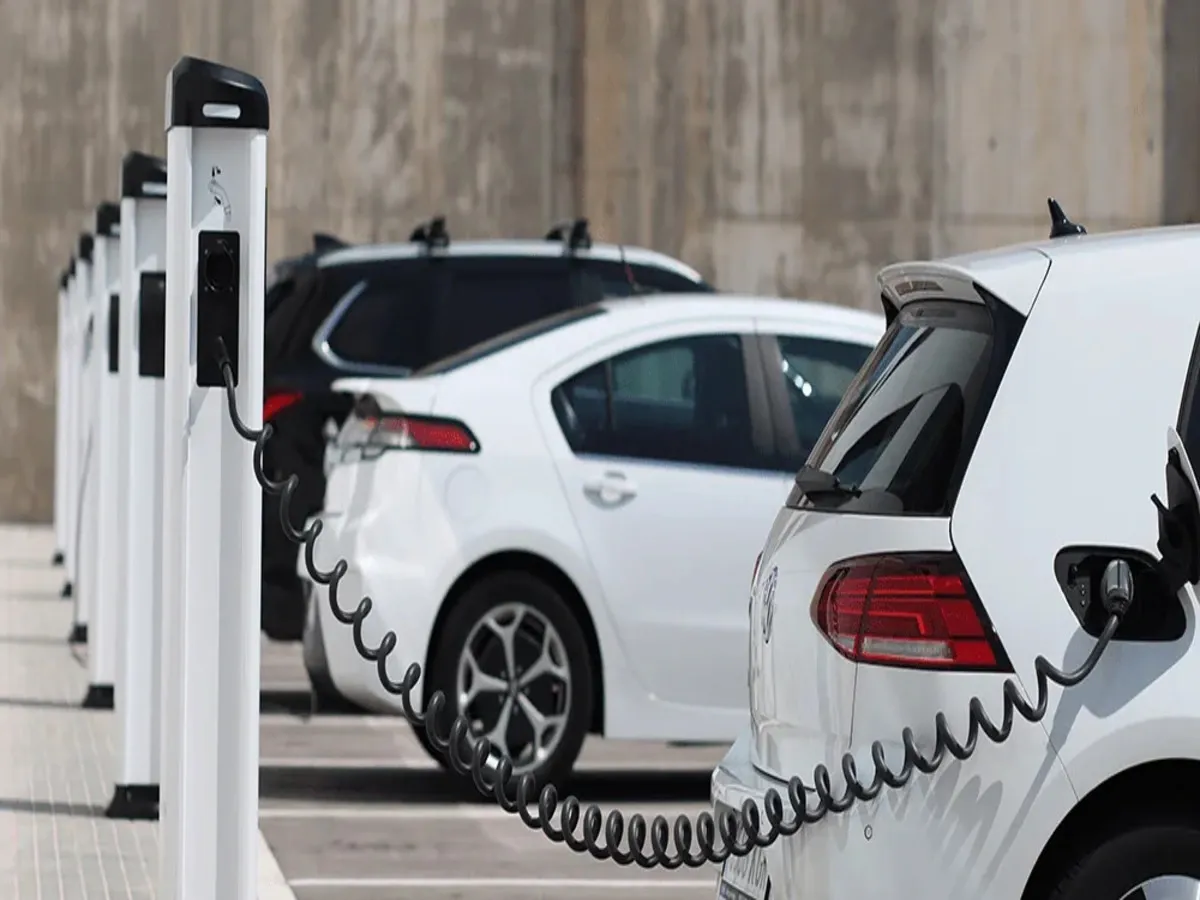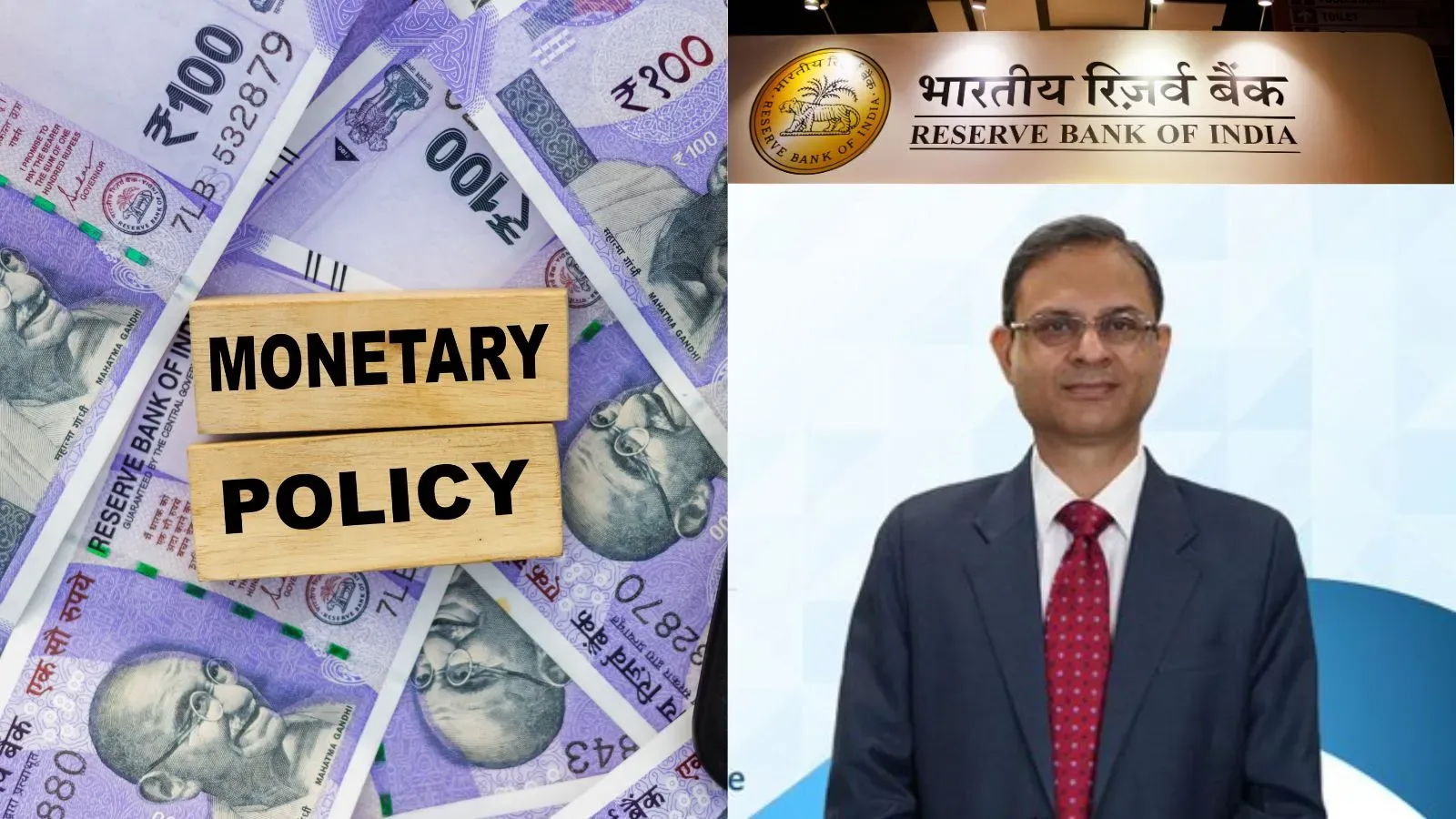Business News
Rethinking EV strategy: Global trends and its implications for India's EV market
.png)
4 min read | Updated on July 31, 2024, 20:33 IST
SUMMARY
Despite growth in EV sales, major automakers like GM and Ford are revising their EV production forecasts. This global trend poses challenges for the expanding Indian EV market, especially as it grapples with infrastructure limitations and competition from Chinese manufacturers.

Rethinking electric vehicles - Global trends and its implications for India's EV market
A significant number of electric vehicle (EV) owners are thinking about switching back to internal combustion engine (ICE) vehicles. According to a McKinsey survey, 30% of the EV owners globally are likely to make this switch.
In the world’s largest economy, the USA, this number is even higher: 46% of EV owners are considering purchasing gas-powered cars. This is much higher than the 29% global average, which includes drivers from nations like Australia, Brazil, China, Germany, Norway, France, Italy, and South Korea.
Another study conducted by Edmunds stated that in Q2 of 2024, 39.4% of EVs were used as a trade in to buy or lease a new ICE vehicle. But why is this shift happening? Let’s find out.
Sales trends of EV in the USA
Despite GM and Ford reporting large increases in EV sales, adoption of electric vehicles in the U.S. has decelerated.This rise comes from a low base, and both the automakers are reducing their EV growth and production forecasts.
In Q2 2024, GM saw a 40% rise in EV deliveries compared with the previous year, but they only accounted for 3.2% of total U.S. sales. Ford’s EV sales witnessed a 60% increase, totaling almost 24,000 units, but CEO Jim Farley emphasised the need for a more practical EV plan. Despite being the top competitor in the market, Tesla has seen a decrease in sales of electric vehicles and has been reducing prices in a forceful manner.
Moreover, a recent Gallup poll indicates a drop in the number of non-EV owners in the U.S. considering an EV purchase, from 43% in 2023 to 35% in 2024. The percentage of American adults who do not intend to buy an EV increased from 41% to 48% year over year.
Reasons for switching back to ICEs
A major factor driving EV owners to return to ICE vehicles is the lack of adequate public charging infrastructure. McKinsey study states that 35% of electric vehicle drivers who are considering switching to an internal combustion engine vehicle point to this as a significant factor, while 21% express anxiety about access to charging stations.
Early EV adopters who primarily use their electric vehicle for transportation are more dissatisfied and are more likely to trade in their EVs for ICE vehicles. Another significant reason is the high cost. Despite a decline in EV prices this year, 34% of EV drivers in the McKinsey survey believe that the total costs of driving an EV are still too high.
Impact of China’s EV production capacity
China's economies of scale make it the cheapest battery manufacturer, with battery costs about 20% lower than in Europe and the U.S. Batteries are a major expense, making up 30% to 40% of EV manufacturing costs. Last year, the Chinese accounted for six of the top ten battery makers in terms of installed car batteries.
China's EV production is growing much faster than demand. By 2025, China expects to produce over 36 million new energy vehicles but only sell around 17 million, leading to a surplus of nearly 20 million units. This could lead to Chinese manufacturers exporting EVs at very low prices, challenging the domestic EV ecosystem. China has been dumping cheaper exports to various countries, challenging the domestic ecosystem with fewer opportunities and market share contraction. The threat continues to persist in EV eco-system as China plans to manufacture with higher capacites, over and above it own demand.
Rising Chinese EV's a real challenge for domestic manufacturers
India, a growing auto market, might see an influx of Chinese EVs due to overcapacity issues and tariff barriers in the EU. While India’s EV market is small, it is expanding rapidly.
In 2023, passenger vehicle sales grew by 10%, and EV sales nearly doubled. But EVs only represent 2% of the overall passenger vehicle market in India. This is far less compared to China, where EVs account for about 38% of the market.
India has two Chinese electric vehicle manufacturers: BYD, which imports vehicles from China, and MG Motor, which manufactures vehicles in India.
Stringent government checks have hampered BYD's expansion, as it is facing challenges to get approvals for its investment proposals.
MG Motor, a subsidiary of China's SAIC group, collaborated with Indian firm JSW. JSW holds a notable share in the company and intends to increase its ownership to 51% in the future.
Conclusion
Worldwide, electric vehicle owners are looking to return to traditional internal combustion engine vehicles because of inadequate charging infrastructure and driving range anxiety.
The obstacles in advanced economies prompt concerns about the future of the Indian electric vehicle market. While the market is growing, these issues highlight the hurdles that must be addressed to ensure sustained growth and adoption of electric vehicles in India.
By signing up you agree to Upstox’s Terms & Conditions
About The Author
Next Story

